I was jittery on takeoff, equal parts excited and terrified
Also, this news cycle is EXHAUSTING
Enjoying Carefree Mag? Tap the heart & share it! 😍
Share on Twitter | Share on Facebook | Share via email | View past stories
Hey y’all,
While I’m sure we’re all exhausted, there has been an uptick in stories of both domestic and violence against women that need to be paid attention to, namely those surrounding Cassie & Diddy, and Keke Palmer and her baby’s father.
I’ll spare you the downright disgusting details if you haven’t heard, but it begs the question: what does accountability look like for men who do violent things such as this? In Cassie’s case, she sued Diddy for $30 million for his crimes and he paid it like it was chump change within 24 hours. Is that accountability? When a man is caught on camera beating up his baby mama and she wins custody of their child, is that accountability?
While we have made a lot of progress thanks to movements like #MeToo, it just feels like men still somehow are able to get away with their violent behavior without much fanfare. Unless more people speak up, I can’t see Diddy coming out of this with more than a few scratch marks. Does Cassie feel vindicated now that she has the money? Sorry, I don’t have any answers for y’all. Just questions, as I sit here with a vagina wondering why do men. As New York's Adult Survivors Act is soon to expire, as scary as it may be, I hope Cassie’s case gives more women the courage to continue to speak up.
Also, #JusticeForGaza. Here are resources to donate, contact your local governor, or march in a protest near you.
This Week’s Story
India has never been high on my radar of must-visit destinations. While Indian culture is beautiful—from their food, to Bollywood, to yoga, and more—being in extreme hustle & bustle when I’m just trying to relax and eat some lamb vindaloo doesn’t quite fit my idea of a good time. However, this week’s author, Dantiel Moniz, found India to be the perfect place for her path to self-discovery after being in a life rut. Yes, this is the Black girl Eat, Pray, Love and I’m so here for it!
Enjoy,
Anayo Awuzie
EIC of Carefree Mag
Adventures Unknown: Travel, Place, and the Path to Self-Discovery
by Dantiel Moniz
When I told people I was going to India for a month, I was expecting fanfare: big smiles, congratulations, how cool!—the usual travel-lust excitement. There was some of that, sure, but mostly, everyone seemed confused. I was peppered with questions: What was in India? Did I enjoy curry? Why would anyone want to go there? My friends and acquaintances would go to Europe, Greece, Iceland—anywhere else but a country that they deemed too dirty, chaotic, and unsafe to travel to.
I had my reasons for wanting to visit India. I was 23, had never been out of the United States, and was desperate for travel cred, which I imagined would make me instantly more glamorous while I cleared dirty dishes from beer-slick bar tops. I was newly married and freaking out about my amorphous wifely identity. I was seemingly becoming a career bartender because my BA in English had prepared me for little else; I had to suck up to and smile pretty for the same old smarmy regulars for my paycheck with no other job prospects on the horizon. I still hadn’t finished the novel I’d been telling people for years that I was writing, even though I regularly justified to myself and others that this was the reason I was still a bartender in the first place. But the biggest reason I decided to go to India was this: my father randomly offered to buy me a plane ticket when I joked about accompanying him on his next trip (when all of the above became so overwhelming I couldn’t think about it anymore).
My father converted to the Krishna Consciousness faith years earlier and had become a Brahmin, a spiritual follower who wears saffron robes and takes a vow of celibacy. (It was always amusing whenever I told people my father was a monk. They’d asked how, then, was I born?) Every year in late February my father went to India—for Gaura Purnima, a festival celebrating the appearance of Lord Chaitanya—with a small group of fellow Brahmins based in the States.
When I asked my father to take me with him on one of these trips, I had no idea that I could realistically take a month off of work, obtain a passport, and gain the support of my husband for such a spontaneous trip, especially as it would put us in a (very familiar) spot of financial hardship. But I was in crisis—I didn’t know who I was or where I belonged. The timing wasn’t perfect, but it was the time I had. In February 2013 I boarded a plane in Chicago to take me to New Delhi. I was jittery on takeoff, equal parts excited and terrified. I knew, in a cliché Eat, Pray, Love way, this trip would change me, but I didn’t know if the change would ground me or make me unrecognizable to myself.
What to say about my first glimpses of India? That people were right—parts of the country were chaotic with litter in the streets—but also, they were very wrong. The cities I visited—Kolkata, Mayapur, and Vrindavan—were mystifying and lovelier than I ever could have imagined: women in bright saris digging trenches in their yards, oxen and camels hauling carts and rickshaws alongside cars and stray cows and dogs roaming freely on the road, rice fields and mango trees, white-furred monkeys who would steal the glasses off your face but gently took black grapes directly from my palm. It was the first time I truly grasped that outside of our check-box identification system, there were infinite ways to live a life. I think this lesson of multiplicity was the lesson I most needed to learn.
I knew, in a cliché Eat, Pray, Love way, this trip would change me, but I didn’t know if the change would ground me or make me unrecognizable to myself.
Once I got over the constant barrage of car horns, the haze, and the squat toilets (the entire first day I only peed), I began to really notice the people, and I was mesmerized. Most everyone here was as brown as me. Back home I was used to being a minority—not just as an ethnic marker but in my social circles as well. I had mostly white friends, white coworkers, a white husband. Most of my family history is lost to me, so I have never been able to pinpoint my exact racial makeup, but I identify as Black. It felt radical and freeing to be there, seeing the color of my own skin reflected back at me. I didn’t think about this much during that trip, but I know this was the unspoken reason people were confused about why anyone would want to visit India. It wasn’t just that they preferred Greece or Iceland. They didn’t just want to go anywhere else—they wanted to go somewhere less brown. This was one internalization of identity I desperately wanted to shuck: the implication that being brown was undesirable.
I stayed in a women’s ashram on temple grounds in Mayapur, a small city where we arrived via an hour’s taxi ride from Kolkata (where we flew into). Since my father was a Brahmin, I didn’t get to interact with him as much as I hoped. The religion has strict policies about fraternization between men and women, and because my father looked young, people often asked if he was my husband, while clearly giving side-eye about his saffron robes.
I had to quickly get used to life there on my own.
I traded the 200 US dollars I’d brought for roughly 16,000 rupees, enough to last me my entire visit if I was thrifty with my money. I learned to navigate the markets, buying water and fresh fruit daily. I used the same bucket I bathed in to wash my clothes, which gave me further respect for the people who lived there—and a new appreciation for my washing machine back home. I slept head to heel with other women on pallets in a room with no dividing walls and made friends, sharing vegetarian meals of dal, chapati, and sweet rice. I wrote for the first time in six months. From this distance my problems at home became knowable. I could see what I was running from, and I was less afraid.
Near the end of the trip, my father and I boarded a bus that would take us to the Taj Mahal. The Indian price to enter the tomb was 200 rupees. While at the markets, the shopkeepers would sometimes remark about how Indian I looked. They’d joke with me, asking me if I was certain I wasn’t Hindi. I realized later that they did this to broach conversation with me because they knew I was American, and American girls were known to be easy. The bus driver also made a remark like this, but when my father asked if he thought I could enter the Taj Mahal at the Indian price, the man promptly shook his head. Definitely no, he told my father, her features are “too European.” Because my father wanted to reserve the majority of his funds for Krishna, we ended up making the hour trip just to see the Taj Mahal from outside the gates.
This feeling of being neither/nor wasn’t new to me. In America, it operated the same way. Clearly, I wasn’t white, but I was ostracized in Black circles as being “other” as well, my features in this case being the way I spoke or the music I listened to. This issue often fed into why I felt so overwhelmed, so placeless back home. During this trip, I came to understand that categorizing identity often benefits only the one making the distinctions. In America, operating in those in-between spaces felt like a handicap, but in India, I learned to own it. If I were to be labeled, what mattered most was an identification system that I could recognize—one that I created for myself and would suit my own purposes. I carried that confidence back home.
On one of my last days, I went to the Ganges River with my friends to bathe. It was afternoon, the sun hanging bright overhead, sweat evaporating almost instantly on my skin in the hot light. I watched people send candles and garlands of flowers floating on the current to honor their dead and at the same time wash their clothes on the sun-cracked banks. Everything felt holy—every drop of water and the ground under my feet. When I returned home, nothing would be magically fixed, but for the first time, I wasn’t worried about what would happen with my marriage, my job, my book. I let all of the anxieties slide off my back and into the current. I concentrated on where I was. I didn’t belong in India, but for just a moment, through the glint of the sun and the crowd of people roving around me, I looked like I did. For a moment, that was enough.
Enjoying Carefree Mag? Tap the heart & share it! 😍
Share on Twitter | Share on Facebook | Share via email | View past stories
Originally published in On She Goes





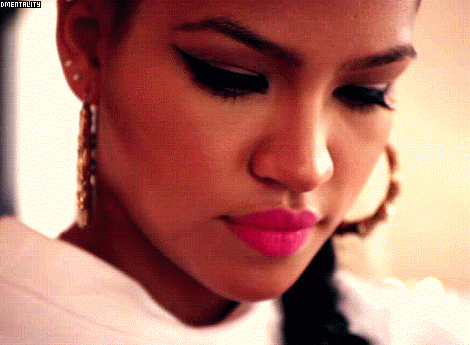
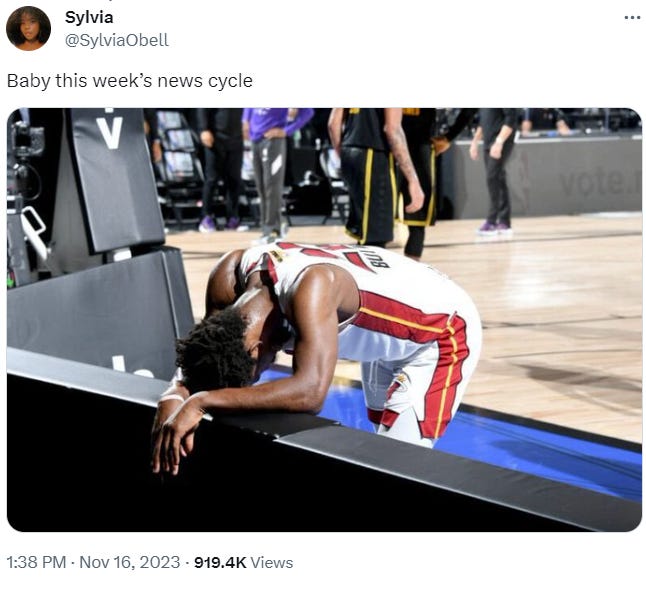
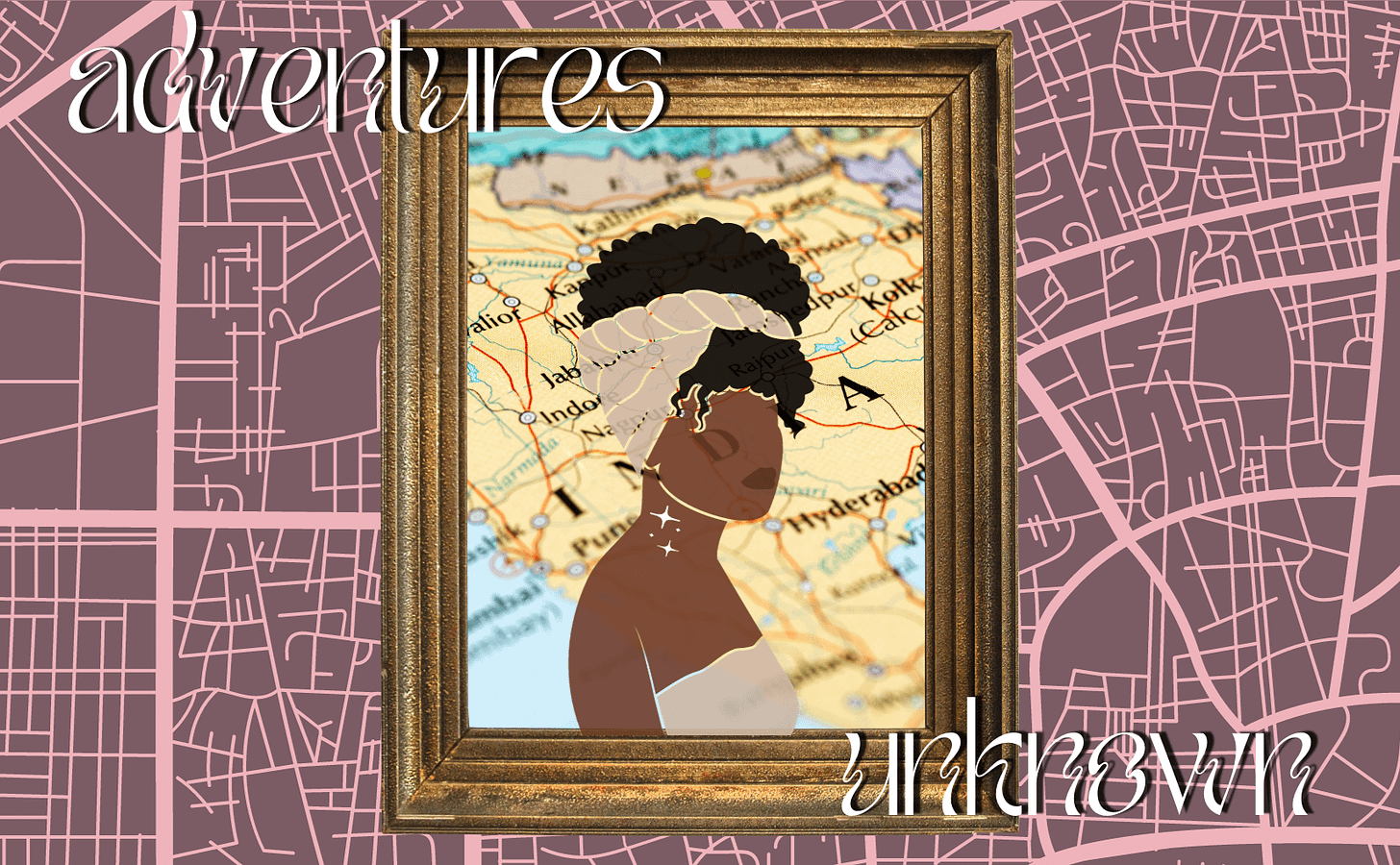


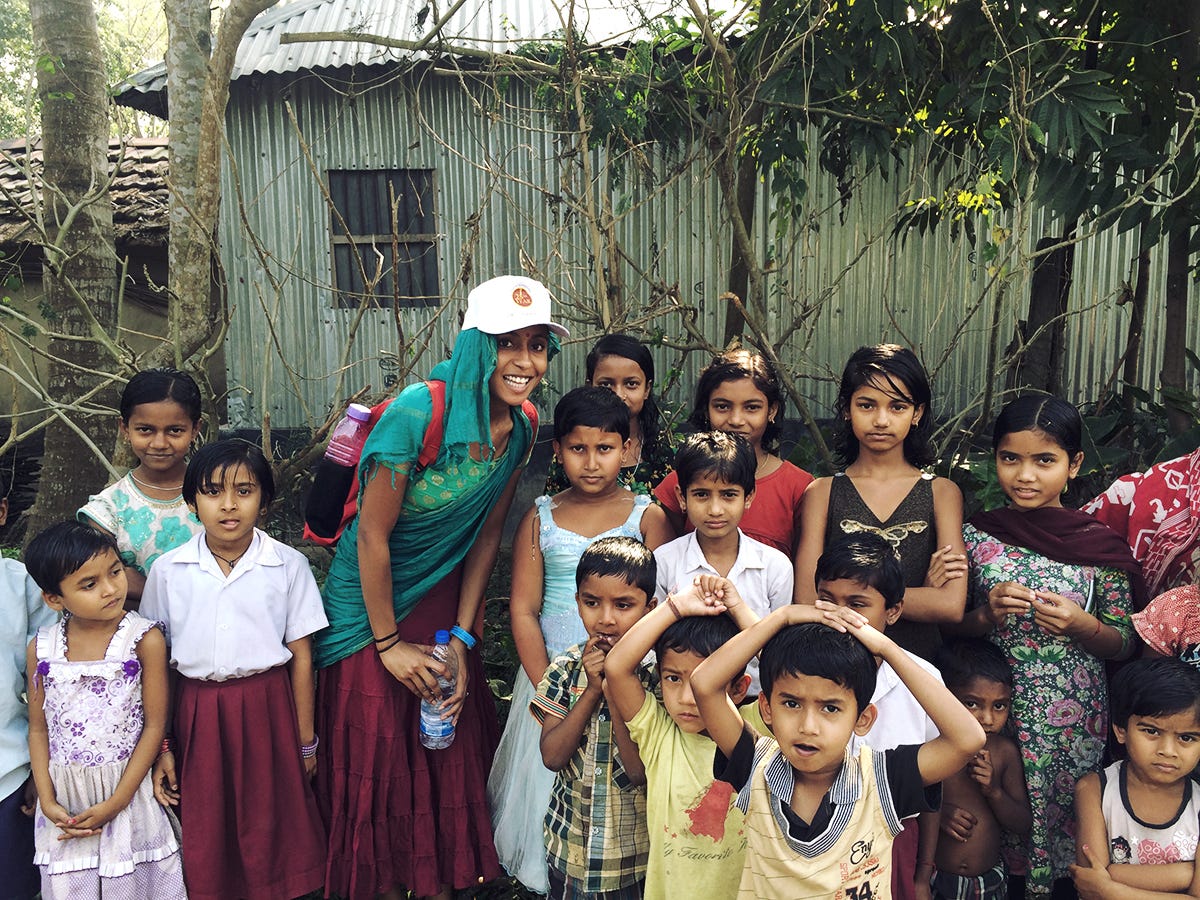

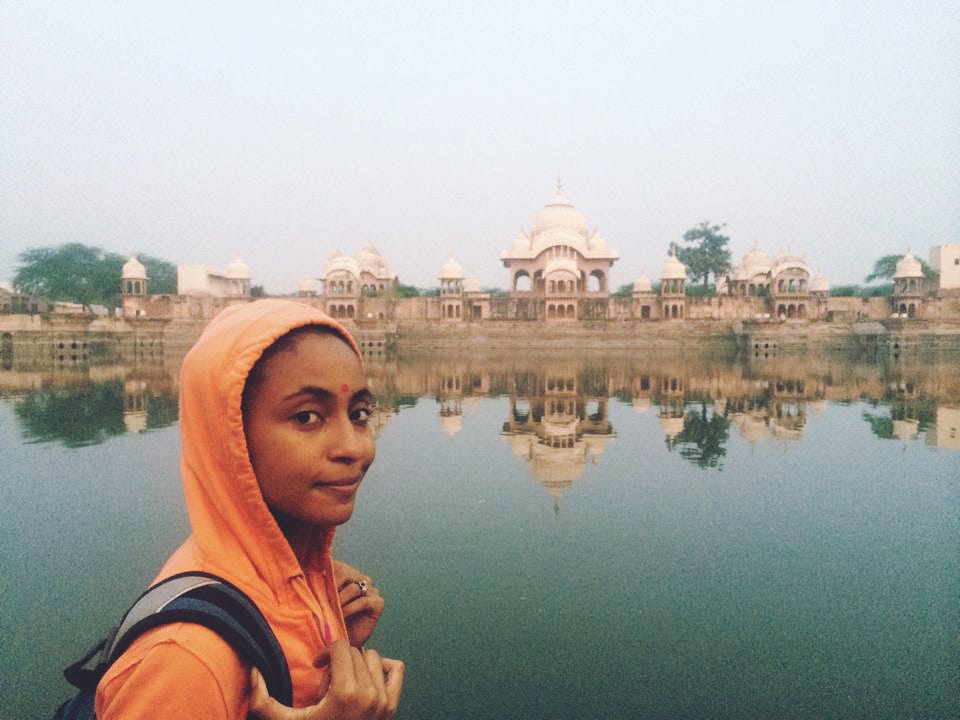
If I were to be labeled, what mattered most was an identification system that I could recognize—one that I created for myself and would suit my own purposes. I carried that confidence back home.